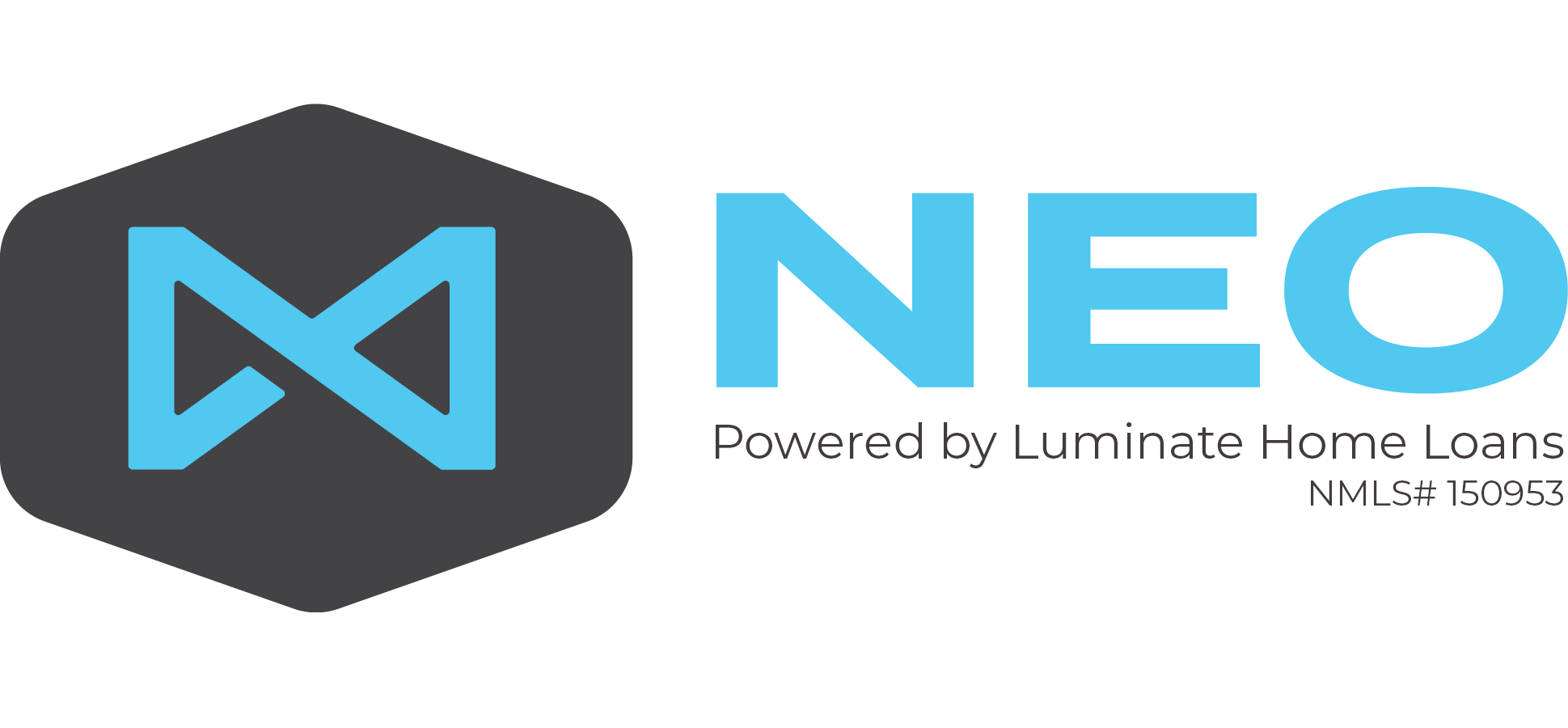Calculating an accurate mortgage payment can be quite difficult. There are hundreds, if not thousands, of mortgage calculators found online. Unfortunately, most of them are either too simple or make too many assumptions. You plug in one or two items and it spits out a payment for you. These can be great for very simple situations but we do not live in a simple world and sometimes we need a more accurate mortgage payment to be calculated.
When you get pre-approved for a mortgage it is very likely you got pre-approved for a mortgage payment amount and not a particular loan amount of purchase price. Because your pre-approval is based on your payment amount it is important to understand what is included in that mortgage payment but also how to accurately calculate the mortgage payment as well. Here are the items included in your mortgage payment (commonly referred to as PITI):
- Principal
- Interest
- Property Taxes
- Homeowners Insurance
- Mortgage Insurance
- Home Owners Association (HOA)
Now that you see what is included in the payment what are the factors that are necessary to know when calculating a payment?
Loan Program
Your Loan Program is the next part of calculating an accurate mortgage payment. Knowing the type of loan you are getting (Conventional, FHA, USDA, VA, etc.) will tell you more about the other factors that will impact your payment. Factors such as:
- Minimum down payment
- Up-front Mortgage Insurance
- Monthly Mortgage Insurance
We will cover these factors below so knowing your loan program will be a very important step in an accurate payment.
Price or Value
When making a home purchase this is pretty simple and straightforward. What is the price of the home you will be purchasing. That’s it, simple, right?
When completing a refinance transaction it is a bit more complicated but still pretty darn simple. With a refinance this is the estimated value. I say estimated because at the time you may be trying to estimate a monthly payment you may not know what the exact value us. You won’t know the value until an appraisal is completed to determine the value but you probably have a good idea of what the estimated value is and that is what you will use here.
Down Payment and Loan Amount
With a purchase you will have a particular amount of money you will be putting down, in most cases. Whether that is represented in the form of a dollar amount or a percentage may vary based on your situation. Either way it is normally a good idea to have it calculated out as a percentage. Most loan programs have a particular minimum down payment required and that is in the form of a percentage (3%, 3.5%, 5%, etc.).
If you have a dollar amount to put as down payment, say $50,000, then you will simple divide that amount into the price to get your percentage calculation. For a $250,000 home and a down payment of $50,000 the calculation is simply $50,000/$250,000 = 20%. Sometimes it does not work out so cleanly as a percentage.
If you end up with something like 18.43% or something funky like that I would first recommend assessing your financial situation to see if you can round up to the next 5% increment – in this case that would be 20%. If not, I would normally recommend rounding down to the next closest 5% increment – in this case 15%. The reason for this is because of how mortgage interest rates and mortgage insurance rates are calculated. There is very little benefit to you in the form of a monthly payment calculation for going over 15% but staying under 20%. On the other hand, all interest rate and mortgage rate calculations are based on down payment percentages in 5% increments.
In other words, going from 18% down to 20% down will help you reduce or eliminate mortgage insurance. If that is not possible going from 18% down to 15% down will likely not negatively impact your interest rate or mortgage insurance rate but save some money at closing while minimally impacting your monthly mortgage payment.
Once you determine your down payment you will want to calculate your loan amount by subtracting your down payment from your purchase price.
With refinance transactions a down payment is normally not required to have a down payment. Normally you are working with the equity in your home to absorb the cost of the refinance through your loan amount. This calculation is normally done by your mortgage loan officer. They can estimate your new loan amount for you based on what type of refinance you are doing and the closing costs you are incurring to complete the refinance.
Up-Front Mortgage Insurance
Up-front mortgage insurance is different for each type of loan program and are called different things.
FHA, for example, is currently at a 1.75% up-front mortgage insurance premium (UFMIP).
VA has a Funding Fee that varies based on your military service and whether you have used your VA benefits in the past.
USDA has a Guarantee Fee that is set to change in the near future.
Conventional can vary significantly from zero on up depending upon how you structured your mortgage and whether you elected to do single premium or lender paid mortgage insurance.
The up-front mortgage insurance is sometimes added into your loan and will therefore impact your payment through a higher loan balance. This is why it is important to know what the up-front mortgage insurance amount is and whether it is being paid through the loan amount, at closing or maybe through your interest rate.
Taxes
Property taxes are part of any mortgage qualifying payment, even if you do not intend to have your mortgage company collect this in your monthly payment. It is important to know the amount of your property taxes each year. Simply divide that amount by 12 and include this in your mortgage payment.
Insurance
Your homeowners insurance, like your property taxes, may or may not be included in the monthly payment collected by your mortgage company but will be required to be calculated into your payment. Same calculation as taxes, simply divide the annual premium by 12 and include this amount in your payment.
Monthly Mortgage Insurance
Monthly Mortgage Insurance, like the up-front mortgage insurance, varies based on your loan program. It also varies on the down payment or loan-to-value. It can even vary based on the term of your mortgage and your credit score. You need to know what you monthly mortgage insurance premium cost is as this will have a major impact on your monthly mortgage payment. Normally this is provided in the form of a percentage of annual payment.
FHA, for example, is currently at a .85% annual mortgage insurance premium if you are doing a 30 year fixed mortgage with minimum down. This means your monthly mortgage insurance is calculated annually by taking the loan balance, multiplying it by .85% and then dividing it by 12.
$200,000 X .85% = $1,700/yr
$1700/12 = $141.67/mo in mortgage insurance
Be sure to check with your loan officer to determine your monthly mortgage insurance factors.
HOA
If you live in a community with an HOA this amount must be added to your payment calculation. Some communities have annual or quarterly HOAs. Some have monthly. Either way you will want to determine the amount as a monthly payment. This amount is then added to your overall payment calculation.
Confused?
The payment calculation may seem simple at first, but can be quite confusing. I have made this super simple…if you know these 8 factors with my Most Accurate Mortgage Calculator.





